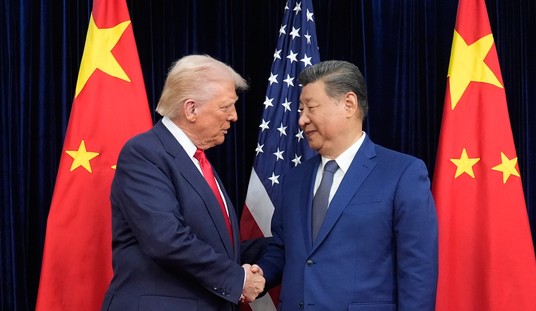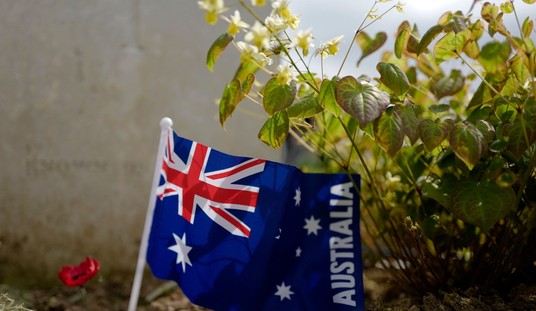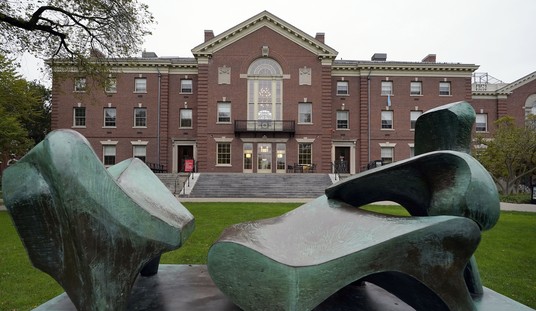Ed already covered some of the serious problems with this weekend’s New York Times “deep analysis” of Benghazi, showing how much of their focus was on the crumbs rather than the meat of the situation. Erika went one further, discussing how members of Congress in the know have already been informed that the entire sordid affair was no accident. But just for a bit more comprehensive coverage, long time friend of Hot Air Kerry Picket has a piece at Breitbart noting how it now seems that the Paper of Record actually contradicted itself in attempting to provide cover for Hillary Clinton in 2016.
A September 2012 P.J. Media piece by Patrick Poole shows how bizarre the recent New York Times piece’s attempt to downplay Libya’s Ansar al-shariah’s connection to Al Qaeda. At the time, Fox News reported that Abu Sufyan Bin Qumu, a former GITMO detainee and head of Ansar al-Shariah, was on the ground in Benghazi the week of the attack that killed U.S. Ambassador Chris Stevens and three other Americans:
A former Guantanamo Bay detainee with Al Qaeda ties was in Benghazi the night of the Sept. 11 attack, according to a source on the ground in Libya.
The source told Fox News that ex-detainee Sufian bin Qumu, who is suspected of running camps in eastern Libya where some of the assailants trained, is also a “respected member” of Ansar al-Sharia — one of the Islamist groups identified in State Department email traffic two hours after the attack.
Two sources familiar with the investigation, when asked about bin Qumu’s whereabouts the night of the attack, did not dispute the claim he was in Benghazi.
While it is not clear whether bin Qumu was directing the assault, his security file from Guantanamo may be revealing. Having already trained in Usama bin Laden’s camps, in 1998 bin Qumu joined the Taliban in Pakistan and “communicated with likely extremist elements via radio during this period indicating a position of leadership,” the file shows.
That wasn’t the only piece of contradictory reporting uncovered in the first 24 hours since the article hit the Times website. There was no mention of Egyptian power broker Muhammad Jamal al Kashef, though as recently as October, multiple Times reporters had said that his network – closely affiliated with al Qaeda in the Islamic Maghreb – was involved in the attack. Attempting to swing attention from these previously reportable affiliations back to a Youtube video seems to either require a very short attention span or to allow the possibility that somebody is trying to rewrite history here. Kerry concludes with the following:
Jocelyn also points to key suspect Faraj al-Shibli, a Libyan who according to U.S. intelligence officials contacted by The Weekly Standard served as Osama bin Laden’s bodyguard during the 1990s. Kirkpatrick stands by his story; he claimed on NBC’s Meet The Press that the Benghazi attackers were only local attackers, but in order to truly believe that one would have to think other players and events reported on by the New York Times itself never existed or happened.
This New York Times report is wandering ever closer to Alice in Wonderland territory. Curiouser and curiouser.








Join the conversation as a VIP Member